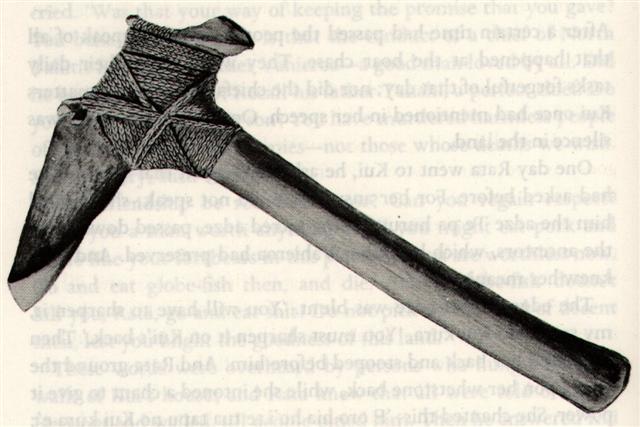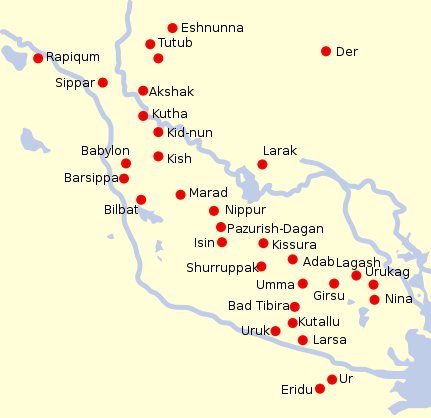St John (Johannes) was probably the same person as Oannes:
Which could explain why there is a perfect little Rei ship in the preceding 'eve', before the man (tagata) standing on firm ground (terra firma). ... Eridhu, or Eri-duga, the Holy City, Nunki, or Nunpe, one of the oldest cities in the world, even in ancient Babylonia, was that kingdom's flourishing port on the Persian Gulf, but, by the encroachment of the delta, its site is now one hundred miles inland. In its vicinity the Babylonians located their sacred Tree of Life ... ... This [σ Sagittarii] has been identified with Nunki of the Euphratean Tablet of the Thirty Stars, the Star of the Proclamation of the Sea, this Sea being the quarter occupied by Aquarius, Capricornus, Delphinus, Pisces, and Pisces Australis. It is the same space in the sky that Aratos designated as Water ...
Counting right ascension days from the end of side b of the G tablet to the position of the great man wielding a toki
will result in number *95 - *63 = *32; and the map below indeed has 32 citystates,
perhaps corresponding to the 32 tresses in excess of 182,
and also to half the number of squares in chess:
The right ascension line for *320 (at the time of rongorongo) was leading up to the star Dramasa (σ Octantis) at the current south celestial pole. *320 - *95 = *225 → August 13 (225):
"We know well enough that the Oannes of Berossos is Ea, i.e., Saturn, whose 'town' is Eridu/Canopus, the very depth of the sea. That Ogygian Kronos is unmistakably the planet Saturn is not to be overlooked by anyone who reads Plutarch's report (De facie quae in orbe lunae apparet 941) of the 'servants' of Kronos who - every thirty years, when Saturn is standing in Taurus - sail to Ogygia to remain there in service for thirty years, after which they are free to go, but most of them prefer to stay, because there, in Saturn's land, the Golden Age lasts on and on. The servants spend their whole time on mathematics, philosophy, and the like, and there is no reason to worry about food, it is all conventiently at hand. The reluctance at recognizing the almost uncanny power of the oldest traditions is a very modern invention. Kampers still knew very well that the 'type' of the medieval emperor was coined in the most ancient Near East, Alexander being a 'repetition' of Gilgamesh, and the emperor repeating Alexander again and again ..." (Hamlet's Mill)
|
|||||||||||||||||||||||||||||||||||||||||||||||||||||||||||||||||||||||||||||||||||||||||||||||||||||||||||||||||||||||||||||||||||||||||||||||||||||||||||||||||||||||||||||||||||||||||||||||||||||||||||||||||||||||||||||||||






.jpg)






